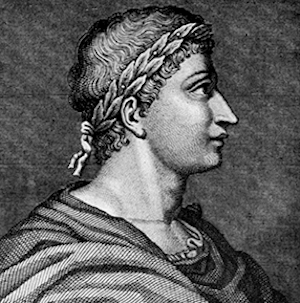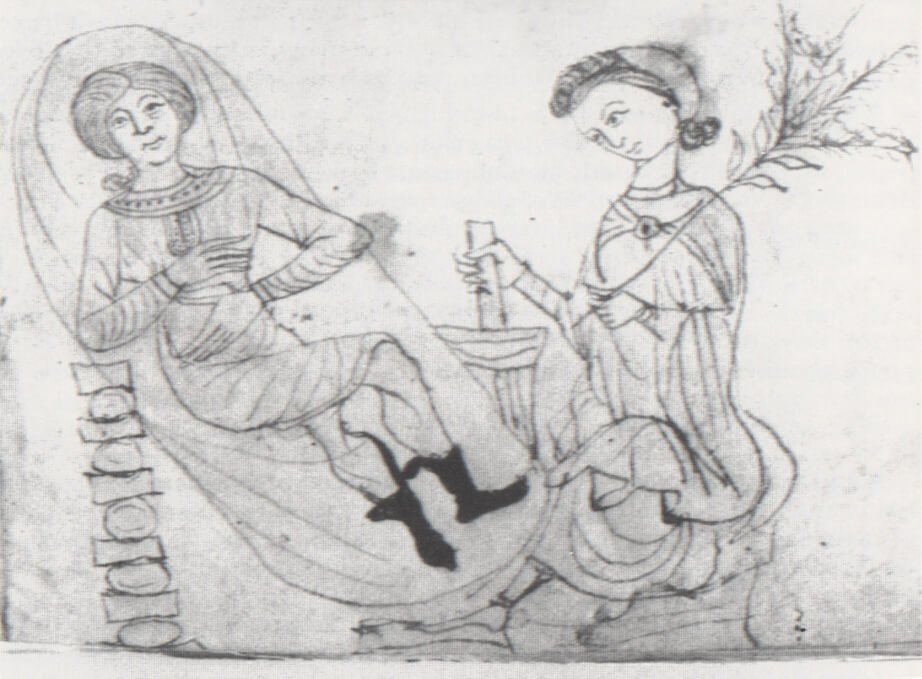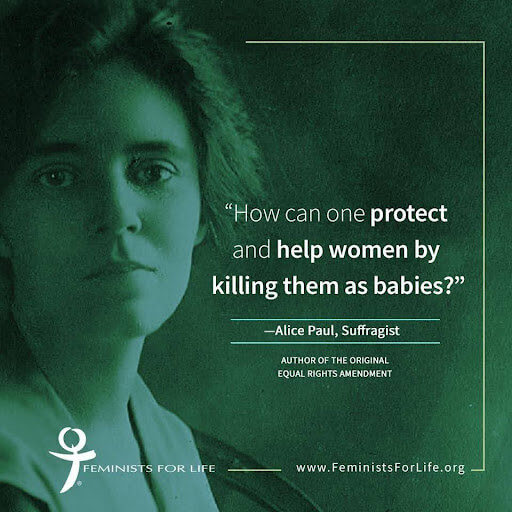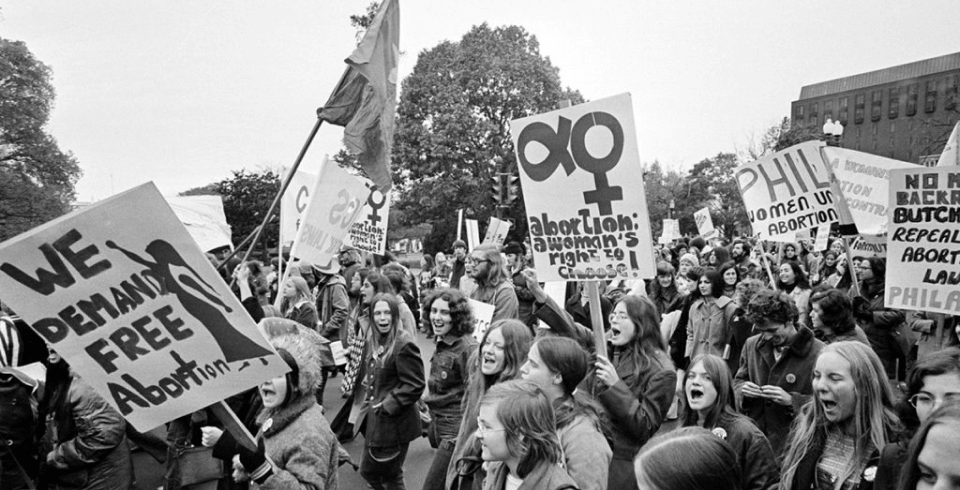The practice of abortion is one of the most discussed societal topics of our time. Nonetheless, the history of abortion dates far back at least to four millennia. Let us go back in time, where we meet the first ancient civilizations, who already at that time were acquainted with this controversial issue.

The oldest human civilizations, whose existence were strictly tied to specific religious and moral values, saw an induced (deliberate) termination of pregnancy as a severe ethical and religious transgression, in some cases a homicide. Still, on rare occasions, abortions were done in most early cultures through non-surgical means, such as fasting, bloodletting, and extreme physical exercises.[1] The first evidence of an induced medical abortion has been found on an Egyptian papyrus from 1550 BCE, containing also other various gynecological matters.[2] Since abortion was already practiced back then, there was a need for specific regulation. Archaeological manuscripts of ancient China and Egypt contain the first general laws about reproductive regulation, which allowed abortion in rare cases and with the help of abortifacient herbs. When a pregnancy was stopped by a woman without the consent of her husband, strict penalties were used.[3]

Citizens of ancient Rome and Greece were not new to the intentional ending of human life before birth either. The writings of well-known philosophers such as Plato, Hippocrates and others present a vast variety of different plants to induce planned miscarriages. Greek and Roman physicians included curettes, fasting, taking herbal baths, and tightening the abdominal area to expel the dead limbs of the unborn as common abortion methods.[4] Still, ancient physicians had to conform to the “Hippocratic oath,” which forbade the use of pessaries to induce an abortion, and some scholars saw this oath as a prohibition of induced abortion in a broader sense.[5] The Roman state looked at abortion in general as a bad example for Roman society and as an infringement on parental rights, especially on the father’s right to produce offspring. Thus, some Roman emperors, such as Caracalla, punished doctors and midwives who practiced abortion with temporary exile.[6] Moreover, Roman writers like Ovid called abortion a “wicked custom.”[7]

From late antiquity on to the early modern times, Europe was shaped largely through Christian values, which tried to put an end to induced abortion in kingdoms ruled by Christian rulers. A long epoch of unity between secular and religious power followed, where abortion became – even more than before – a very rare practice, that only happened in hidden places. This trend would not stop until the 19th century, a time of strict regulations against abortion from conception until birth, due to a high death rate while performing surgical abortions with the help of “backstreet abortionist doctors.”

With the rise of the first wave of feminism in the late 19th and early 20th centuries, a new perspective on abortion was created: the very first feminists, such as Elizabeth C. Stanton, Susan B. Anthony, Matilda Joslyn Gage, Victoria Woodhall, and Alice Paul, shifted the focus on the responsibility of men in society. Trying to create better life circumstances for women of the middle and lower classes, these first feminists saw abortion as “the ultimate exploitation of women”, because it would objectify women as a mere pleasure tool, without giving men the chance to take responsibility for her and their potential offspring.[8] Anthony thought that aborting children is useless because it would not solve the root causes in society.[9] Tennessee Claflin added: “Abortion is only a symptom of a more deep-seated disorder of the social state…”.[10] Moreover, these women were very aware of the danger of sex-selective abortions, as Alice Paul states: “How can one protect and help women by killing them as babies?”[11]
The 20th century marks a constant rise of abortion rates due to the legalization (or at least the decriminalization) in many European countries and the mass fabrications of abortion pills in the 1920s and 30s. The first country in European territory was the RSFSR in 1920 (later Soviet Union).[12] Many abortion pioneers came from Eugenics as a social movement, which propagated the improvement of genetic qualities of humankind, while also marginalizing groups of “unwanted” people. Planned Parenthood, today the largest organization propagating abortion and other “family planning” techniques, has its roots in eugenics – the gynecologist Margaret Sanger being her founding mother.[13] For Nazi Germany, abortion was used for eugenic reasons, such as the elimination of disabled children and the offspring of the “non-Aryan” population.[14] After World War II., most Western European countries – starting from Great Britain – liberalized abortion from the 1970s on as one of the results of the 1968’s revolution. Today, abortion is permitted in most European countries, but with different term limits. In 2024, the French state was the first country worldwide to include abortion as a civil right in their national constitution.[15] ✸
[1] Georges Devereux, “A typological study of abortion in 350 primitive, ancient, and pre-industrial societies.” In: Harold Rosen (ed.): Abortion in America: Medical, psychiatric, legal, anthropological, and religious considerations (Boston, 1967) https://www.ncbi.nlm.nih.gov/nlmcatalog/100996513.
[2] Jeremy M. Norman, “The Ebers Papyrus, the Most Extensive Record of Ancient Egyptian Medicine,” HistoryofInformation.com, https://www.historyofinformation.com/detail.php?id=1353.
[3] Carole Joffe, “Abortion and Medicine: A Sociopolitical History“ (2009), 1-9.
[4] John William Klotz, “A Historical Summary of Abortion from Antiquity through Legalization” (St. Louis,1973)/Soranus, “Gynaecology,” 1.56-1.65.
[5] John M. Riddle, “Contraception and abortion from the ancient world to the Renaissance” (Cambridge, 1992).
[6] J. Robert Sallares, “Abortion.” In: The Oxford Classical Dictionary (3rd ed.) (Oxford, 2003).
[7] “Ancient Roman Abortions & Christians,” earlychurchhistory.org, https://earlychurchhistory.org/medicine/ancient-roman-abortions-christians/.
[8] Angela K. Derr, Mary Krane, “Feminism and Abortion”, in: History Today. 49 (8): 34–35.
[9] Anthony, Susan B., “Marriage and Maternity” in: The Revolution (1869).
[10] Tennie C. Claflin, “My Word on Abortion, and other Things”(1871), victoria-woodhull.com, https://www.victoria-woodhull.com/wc092300.htm.
[11] Serrin M. Foster, “Who really marches for Women’s Lives?”, feministsforlife.com, https://www.feministsforlife.org/who-really-marches-for-womens-lives/.
[12] Heer, David, “Abortion, Contraception, and Population Policy in the Soviet Union” Demography 2 (1965): 531-39.
[13] Sara McCrea, “Eugenics No Matter What?: An Investigation of the Eugenic Origin of Planned Parenthood and its Effect on Contemporary Society.” In: Black & Gold 1/5 (Wooster, 2015), https://openworks.wooster.edu/cgi/viewcontent.cgi?article=1012&context=blackandgold.
[14] Trials of War Criminals Before the Nuernberg Military Tribunals under Control Council Law No. 10 (Volume 4), 1947, 609-10.
[15] George Wright, “France makes abortion a constitutional right,” BBC.com, https://www.bbc.com/news/world-europe-68471568.




